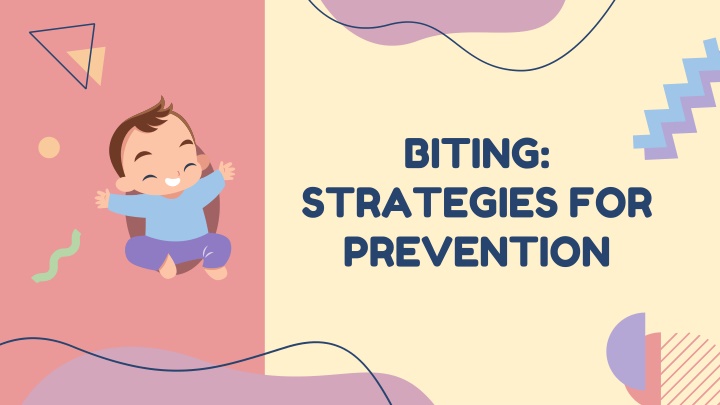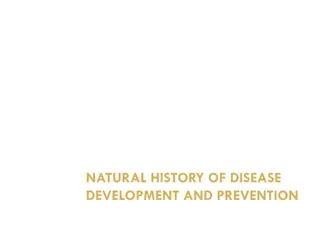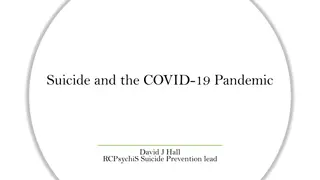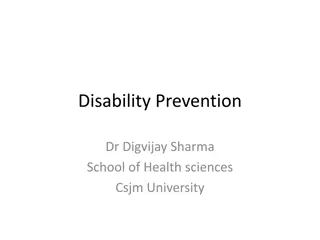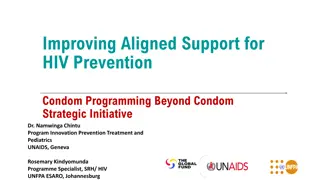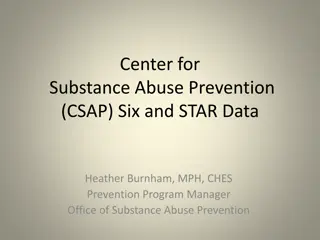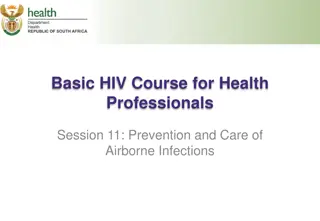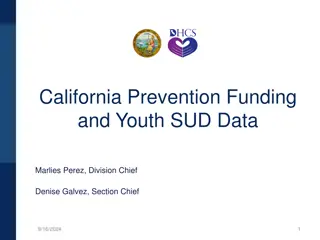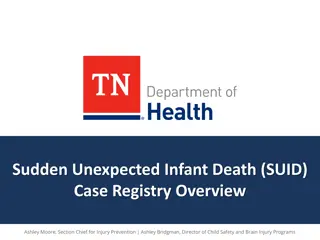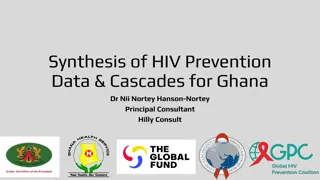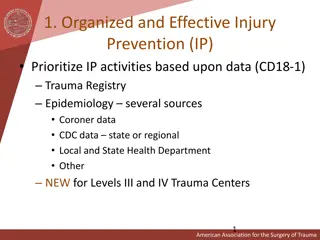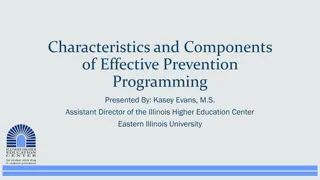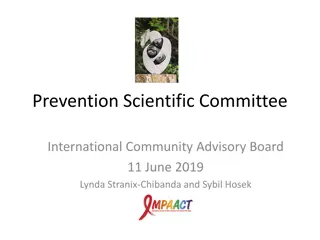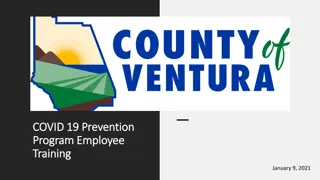Effective Strategies for Biting Prevention
Learn how to prevent biting behavior with practical strategies and interventions. Discover effective methods to address biting in children and adults. Find ways to promote positive behavior and create a safe environment for everyone involved. Equip yourself with the necessary tools to handle biting incidents and promote healthy interactions.
Download Presentation

Please find below an Image/Link to download the presentation.
The content on the website is provided AS IS for your information and personal use only. It may not be sold, licensed, or shared on other websites without obtaining consent from the author.If you encounter any issues during the download, it is possible that the publisher has removed the file from their server.
You are allowed to download the files provided on this website for personal or commercial use, subject to the condition that they are used lawfully. All files are the property of their respective owners.
The content on the website is provided AS IS for your information and personal use only. It may not be sold, licensed, or shared on other websites without obtaining consent from the author.
E N D
Presentation Transcript
BITING: STRATEGIES FOR PREVENTION
REASONS TODDLERS AND YOUNG CHILDREN BITE: 1. 2. TEETHING SENSORY EXPLORATION. Toddlers are using all their senses to learn about the world. Toddlers have a difficult time distinguishing between objects and people. SHOWING FRIENDSHIP AND AFFECTION. Children see us "kissing", but some toddlers use their whole mouth, teeth, and lips when trying to "kiss" others and end up biting. EXPERIMENTING WITH CAUSE AND EFFECT.Biting produces a predictable and spectacular response. SELF-ASSERTION. This is probably the most common reason toddlers bite. Biting is the way for children who are not yet verbally skilled to express frustration, stress, or anger. Caregivers mustask themselves, "What is the payoff for this behavior?" IMITATING.Toddlers are mimics. Interventions usually work quickly and well with these types of biters. 3. 4. 5. 6.
STRATEGIES FOR PREVENTING BITING: We mustoffer children an acceptable alternative for the biting. Knowing the reasons will help us to think of other activities that we can offer to satisfy these urges. 1. TEETHING. *We recognize our Food Policy states no food during non-designated meal times, however, this strategy may be used as a group activity. Children ARE NOT to roam with food in the classroom. Teething rings. Carrot sticks, apple slices, pieces of bagels. Wash clothes. 2. SENSORY EXPLORATION. Provide the children with opportunities to release tension through sensory experiences. Water, sand, other sensory experiences. Provide playdough, silly putty, etc. Hammering/pounding Activities
STRATEGIES FOR PREVENTING BITING: 3. FRIENDSHIP AND AFFECTION. Encourage children to come and see or touch a new child while an adult is there. Encourage and model how the children can touch friends gently. 4. CAUSE AND EFFECT. Give children attention before they bite. Look at the children. Talk with the children at eye level. Use children's names frequently Sit down and play with them. Show affection by hugging and touching. "Catch the children being "good" and verbally acknowledge it.
STRATEGIES FOR PREVENTING BITING: 5. SELF-ASSERTION. Biting to communicate anger or frustration is the most challenging to resolve. Examine room settings and routines. Provide duplicate equipment and choices. Minimize sharing Redirection Use substitutions Have a "cool down , softie basket in the room containing soft, plush toys, koosh balls, etc. 6. IMITATING Use strategies to prevent biting. Model soft touches. Do not over react. Use puppets, stories, fingerplays, songs about biting.
WHAT TO DO WHEN BITING OCCURS: STAY CALM DO NOT OVER REACT 1. CARE FOR THE VICTIM. LAVISH ATTENTION ON VICTIM.
Debrief / Huddle In groups of two-three, discuss the following questions: One thing that was newto you? One thing that was familiarto you? Any storiesor previous experiencesregarding today s content on biting and prevention?
Thanks! Do you have any questions? support@atccenter.org tel: (253) 368-9705 atccenter.org CREDITS: This presentation template was created by Slidesgo, and includes icons by Flaticon, and infographics & images by Freepik Please keep this slide for attribution
